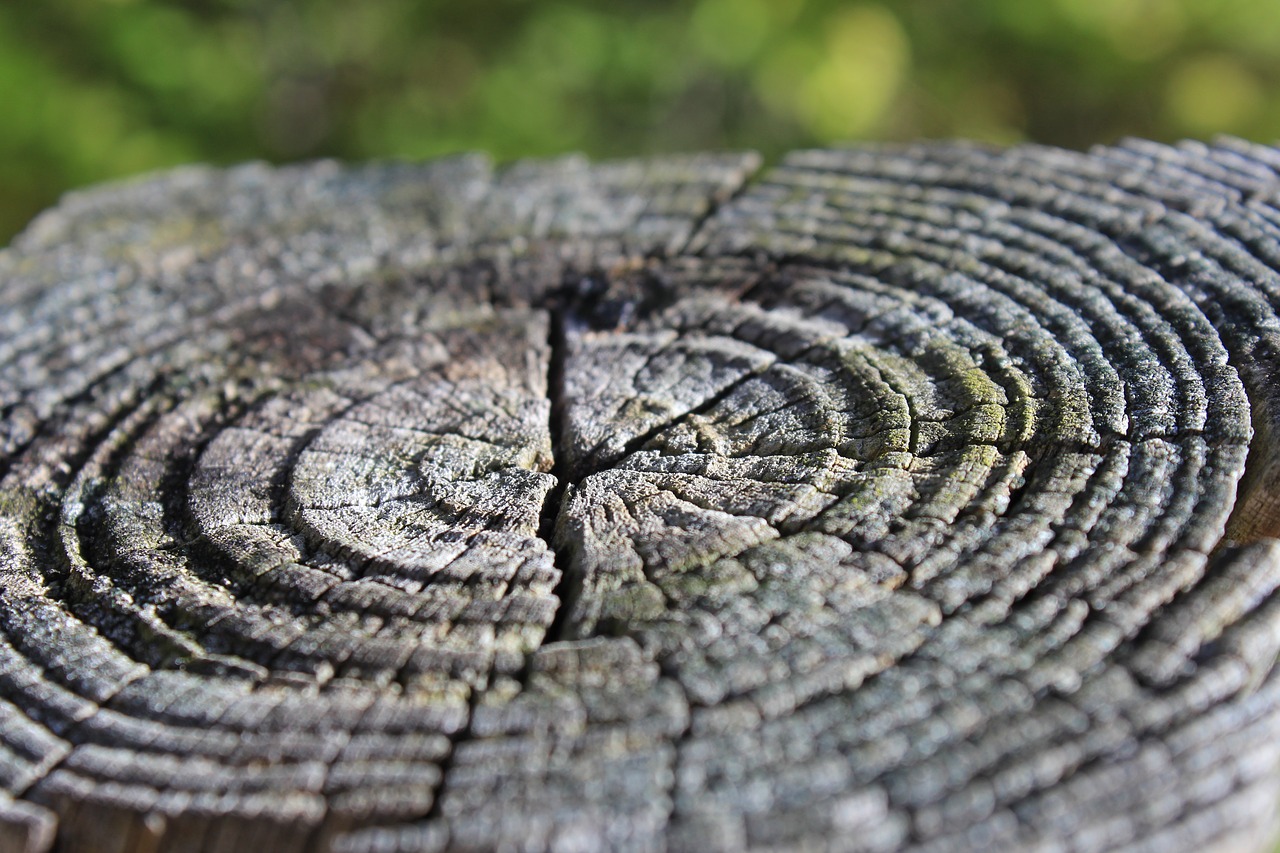
Pollution is one of the main problems the environment faces. Natural levels of heavy metals (HM) have increased during the industrial era to the point of posing a serious threat to the environment. Many studies have confirmed that human activities have dramatically increased natural concentrations in the last century. HMs are related to different sources of pollution, such as mining, industrial and energy production, population growth, and fossil fuel burning.
Like the pages of a history book, tree rings contain information about environmental conditions that the tree itself was exposed to long ago. While rings are best known for recording historical climate change, they have also exhibited some controversial findings.
From this perspective, Aleppo pine (Pinus halepensis Mill.) is one of the most forest species widely distributed in the Mediterranean basin and represents an accessible bioindicator that can be used to evaluate degraded ecosystems and to analyze historical trends in the past and the present-day using tree rings at sites with differing degrees and sources of contamination. HMs can reach trees via soil solution through roots, by atmospheric deposition in bark or leaves, and by direct deposition from the soil. While fascinating, this discovery hints that tree rings are not the ideal history books that they have so often been claimed to be. At least not when it comes to measuring some heavy metals inside an Aleppo pine.
Several aspects must be taken into account, where pollutant type is fundamental due to some metals act as micronutrients for trees are not susceptible to being assessed for this purpose. Whereas HM like Cd, Pb or Hg are not essential for plants and their absorption by tree and the natural mobility inside them can are limited. However, it cannot always be directly measurable since different factors such as soil HM or radial mobility in the stem wood may limit the usefulness of dendrochemistry to record accurate levels of environmental pollution.
On the other hand, some of these elements may also move inside trees as metals can translocate from bark to the phloem and from there to the xylem, but some of these elements can translocate from the xylem to bark. In addition, some elements, like roots, act as a barrier for Pb, or as edaphic parameters with clay, SOC, and pH, for which Cd influences their availability by limiting the input of these elements in trees. While Cd contents in the xylem are affected by the soil content, its input to trees takes place mainly through the soil solution while movement of Cd occurs inside trees and Cd is translocated from the xylem to bark. This may be attributed to the detoxification phenomenon. Conversely, Pb contents in the xylem are not conditioned by Pb levels in soil. As their values in both polluted and unaltered soils were so low, tree rings prove useful only for air pollution Pb monitoring.
Hg contents in the tree rings have neither been conditioned by the Hg concentration in soil nor altered by power plant emissions. As a synthesis, the usefulness of P. halepensis tree-rings as a bioindicator of pollution is debatable. Lastly and fundamentally, the genetic composition of natural populations of Aleppo pine can play an important role. The evaluation of genetic diversity has not been considered in this type of studies. However, anthropogenic impact such as soil pollution can cause severe change in the evolutionary potential of natural populations. It is likely that the population of Aleppo pine, which has undergone much mining activity since Roman times, is well-adapted to high concentrations of heavy metals.
These findings are described in the article entitled Wood and bark of Pinus halepensis as archives of heavy metal pollution in the Mediterranean Region, recently published in the journal Environmental Pollution. This work was conducted by José Antonio Rodríguez Martín from the Instituto Nacional de Investigación y Tecnología Agraria y Alimentaria (Spain), Carmen Gutiérrez from the Instituto de Ciencias Agrarias, ICA- CSIC, and Nikos Nanos from Forest Research Institute, Hellenic Agricultural Organization (Greece).









